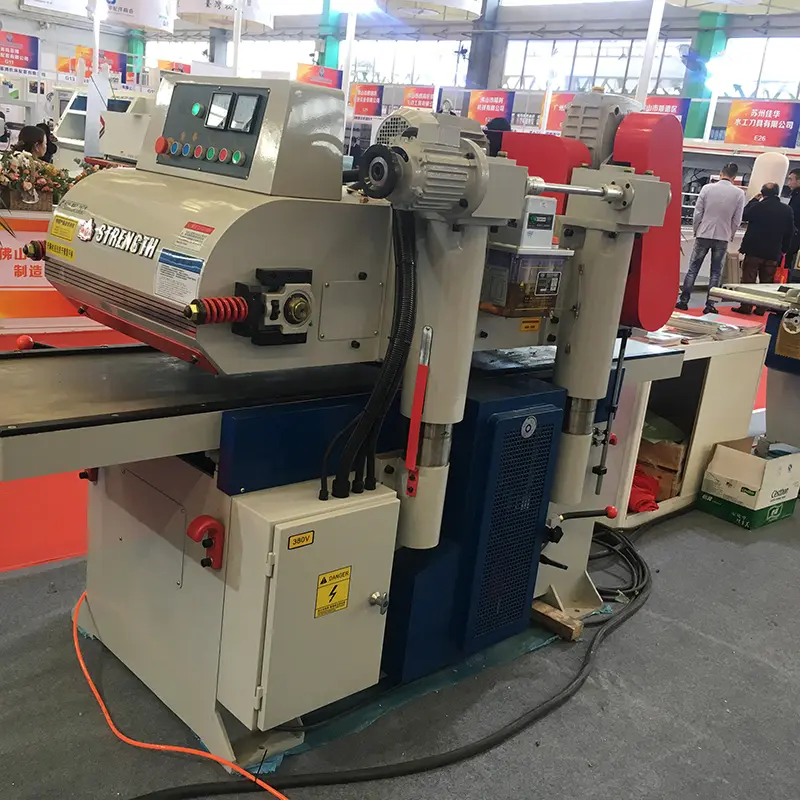Carpentry plays a vital role in improving the quality and durability of your woodworking projects. Whether you are an experienced woodworker or a novice hobbyist, understanding the importance of woodworking and how to use them effectively can enhance your creative craft. In this article, we’ll delve into the world of wood joinery, exploring its types, applications and expert insights on how to maximize its potential in your woodworking projects.
Types of carpentry
There are many types of woodworking, each type is designed for a specific use in woodworking. The most common types of woodworking include:
Dowel Joinery: Dowel joinery involves joining two pieces of wood together using wooden dowels. This method is known for its simplicity and strength, making it a popular choice for joining furniture pieces and cabinet frames.
Biscuit joinery: Biscuit joinery utilizes small football-shaped wooden biscuits and corresponding slots to join the pieces of wood. This method is favored for its ability to create strong, invisible seams, making it ideal for assembling tabletops, cabinets, and other furniture.
Mortise and tenon joinery: Mortise and tenon joinery is a traditional woodworking technique that involves making a mortise (cavity) in one piece of wood and a tenon (projecting tongue) in another piece of wood to fit the mortise . This method is known for its strength and is often used to build doors, chairs, and tables.
Dovetail Joinery: Dovetail joinery is characterized by its interlocking wedge-shaped fingers that create strong and visually appealing joints. This method is often used to create drawers, chests, and other fine furniture.
Applications in woodworking and joinery
Carpentry is an integral part of a variety of woodworking projects, providing structural support, aesthetic appeal, and longevity to the finished product. Some common applications for wood connectors include:
Furniture making: Joinery is widely used to make furniture, including tables, chairs, cabinets, beds, etc. They provide the necessary strength and stability to ensure furniture stands the test of time.
Cabinets: Joinery techniques such as biscuit joinery and dovetail joinery are often used to build cabinets and drawers, allowing for seamless assembly and a strong structure.
Door and window frames: Mortise and tenon joinery is often used to create strong and durable door and window frames, ensuring a secure and long-lasting installation.
Decorative joinery: In addition to its structural advantages, wood joinery can be used to enhance the visual appeal of a woodworking project. Dovetail joinery, in particular, adds a touch of elegance and sophistication to decorative pieces such as jewelry boxes and display cabinets.
Expert insights on maximizing woodworking on your woodworking projects
To learn more about the effective use of woodworking in woodworking projects, we turned to experienced woodworkers for expert advice. Here are some valuable insights they shared:
Precision is Key: When working with woodworking, precision is crucial. Ensuring that joinery cuts and measurements are accurate is crucial to achieving a strong and seamless joint. Taking the time to carefully plan and execute your joinery will produce superior results in the final woodworking project.
Choose the right joinery technique: Different woodworking projects may require different joinery techniques. Understanding the advantages and limitations of each type of wood connector and choosing the most appropriate method for a specific project is critical to achieving the best results.
Quality of Materials: Using high-quality timber and joinery materials is fundamental to a successful woodworking project. Investing in sturdy, well-made woodwork and choosing quality wood species will help improve the overall durability and beauty of the finished product.
Practice and Patience: Mastering the art of joinery requires practice and patience. It is important for woodworkers, especially those new to joinery, to take the time to hone their skills and become familiar with the intricacies of different joinery methods.
Embrace creativity: While traditional joinery techniques have their merits, woodworkers are encouraged to explore innovative and creative joinery methods. Experimenting with unconventional joinery methods can produce unique and attractive woodworking designs.
In summary, wood joiners are an essential component in woodworking, providing structural integrity and visual appeal to a variety of projects. By understanding the various types of wood connectors and their applications, and incorporating expert insight into their use, woodworkers can improve the quality and craftsmanship of their creations. Whether making furniture, cabinets or decorative pieces, the art of joinery remains the cornerstone of excellence in woodworking.
Post time: Aug-16-2024

